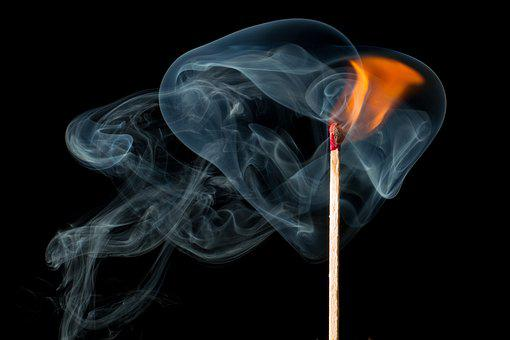FREE CASE EVALUATION
(708) 460-9300
With winter in full swing, many people will be cuddling around bonfires and fireplaces to warm their bodies. Unfortunately, as with any other recreational activity, there is always the risk of an accident occurring when a fire is involved.
An accident involving fire or any other heat source can cause serious burn injuries ranging from mild to severe, depending on how much skin was exposed and what part of the body is affected. In some cases, a burn injury victim may have extensive scarring if they have third-degree burns or worse.
That said, a severe burn injury can cause significant physical pain, but it can also come with a host of emotional complications. Even seemingly minor burns can leave an individual scarred for life. In addition, the cost of medical treatment following a burn is often prohibitively expensive.
So, if you or someone you know has been hurt in a fire due to another party’s negligence, you must understand your rights and options moving forward.
This article provides the insights you need to make informed decisions about burn injuries and how a burn injuries lawyer can help you file a personal injury claim.
A traumatic injury is any injury that is caused by an external force. Any time the body suffers damage, it’s considered a traumatic injury. These include broken bones, torn ligaments, and burns. Moreover, the American Burn Association has classified burns as traumatic injuries.
There are four degrees of burns, with the first degree being the least severe and the fourth degree being the most severe.
First-degree burns are the least severe and are characterized by redness, pain, and swelling. They are caused by heat from the sun, fire, or hot objects.
First-degree burns do not require skin grafts because they heal on their own without leaving permanent damage. Most first-degree burns can be treated at home with cool water (not ice), nonperishable gel packs, and soothing ointments like aloe vera lotion.
Second-degree burns are the most common type of burn, accounting for 60 percent to 70 percent of all burns. They’re also known as “partial thickness” burns because they extend through the top layer of skin (the epidermis) and into the second layer (dermis). This means that a patient can see blisters when looking at their wounds.
Second-degree burns can cause pain and discomfort but don’t require medical attention unless they’re more severe than expected or if they begin to change color, size, or shape. If you have a second-degree burn that isn’t healing properly or seems infected, contact your doctor immediately for treatment advice.
Second-degree burns are caused by:
Third-degree burns are characterized by full skin loss. They can be life-threatening and are usually caused by fire or explosions.
Third-degree burns have three layers of skin lost: the epidermis, dermis, and subcutaneous tissue.
The epidermis is the top layer of skin made up of dead cells called keratinocytes that can be shed anytime. It also contains melanin (pigment), which gives your skin its coloration—when this pigment is burned off, you end up with a scarred white patch where your burn was located. But if you don’t have any pigmentation in your body (like people with albinism), then there will be no pigmentation to lose!
Fourth-degree burns are the most severe and can cause the most damage to the skin, muscles, and nerves. They are often very painful. Fourth-degree burns require medical attention as they can become infected easily, easily leading to other complications such as shock or sepsis (blood poisoning).
In the U.S., there are three most common types of burn injuries:
Scalding injuries are caused by hot liquids or steam. The skin is burned when it comes in contact with a liquid that has reached a temperature of 120 °F (49 °C) or higher. Water that’s hotter than this can cause serious burns and lifelong scars, even if you are only exposed for a few seconds.
Faulty wiring, short circuits, or lightning can all cause electrical burns. They can also result from high-voltage electrical currents that travel through your body. Electrical burns can cause permanent scarring and disfigurement.
Chemical burns usually occur when you come into contact with strong acids or alkalis. These can be found in household cleaning products, drain cleaners, fertilizer, and car batteries.

If you’ve ever suffered from severe burn injuries, you know just how devastating they can be to your health and well-being. Not only do burns cause pain and suffering, but they can also leave scars that are difficult to overcome psychologically as well as physically.
Unfortunately, the cost of burn injury treatment can run well into the tens of thousands, if not more.
The silver lining is if you’ve suffered a burn injury due to someone else’s negligence or carelessness, you may recover monetary damages through a personal injury lawsuit with the help of a burn injury lawyer. Burn injury claims can help victims recover compensation for medical expenses, lost wages, and pain and suffering.
Our law firm specializes in personal injury claims to help get their lives back on track. We can help you file a burn injury lawsuit so you can obtain compensation for medical expenses related to treating your fire and burn injuries. These costs might include surgery, hospitalization, physical therapy, and prescription medications.
Call us today at 708-460-9300 for a free burn injury case evaluation from a burn injury attorney.